Women's Fashion During the Harlem Renaissance Men's Fashion During the Harlem Renaissance
Harlem to Hollywood
The Influence of Black Culture in Contemporary Way
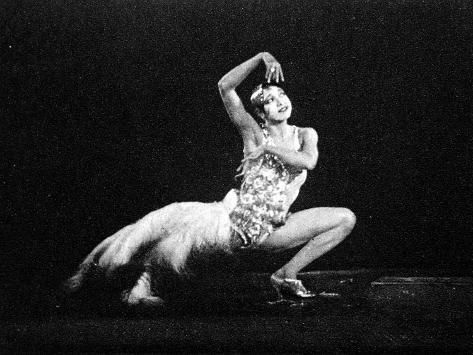
Josephine Baker in Production 'Tondeleyo'
Black culture has influenced all aspects of modern style, and near people don't even realize it. The Harlem Renaissance, a flowering of black culture in the 1920s, was the first of an era of creative expression, especially for women, who sought rebellion and independence from men. This period saw a rebirth of African-American civilisation, equally detail styles such every bit the famous flapper expect were originally worn by black women. Over the years, blackness culture has merged into mainstream, white fashion. Although some designers won't acknowledge it, many gimmicky trends take been inspired by the nuts of black civilisation according to Edited.
The Harlem Renaissance was one of the primeval artistic movements highlighting African-American civilization. The movement began with the migration of blackness people from the southward to the north to pursue better lives. Challenge Harlem equally the capital of their new world, these adamant individuals became known as the Black Bohemia. According to History, By 1920, 300,000 black Americans had moved north, and what originally was only a community neighborhood turned into something even greater. Considered a golden historic period in African-American culture, people started pursuing their passions such as art, music, and style.
Women especially wanted to complimentary themselves of the previous conformity to the Victorian expect, which consisted of tight corsets, long skirts, and modest coverings, which was almost entirely a white manner. Therefore seeking rebellion, these women began to express their freedom through their stylistic choices. The famous xx's flapper wait which is commonly recognized today, was
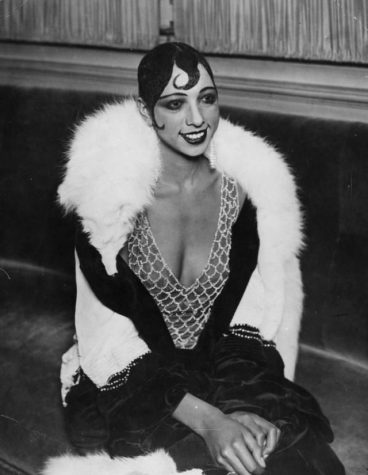
originally worn by African-American women such as the globe-renown entertainer Josephine Bakery. According to HuffPost, Baker, a Missouri-born actress, singer, and dancer, was considered the "epitome of flapper girl way." Baker was such an inspiration because she was African-American and a woman.
This originally shocked the public, which questioned the audacity of the women who chose to flaunt an attitude of independence by wearing low-waisted skirts, bold geometric designs and
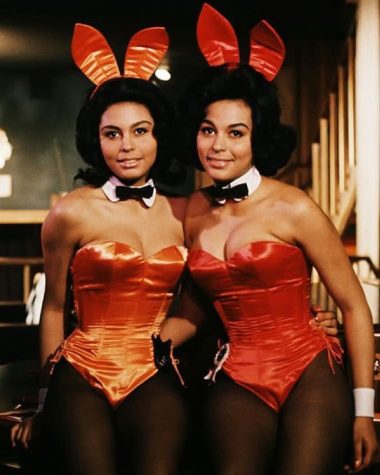
colors, and extravagant jewelry. Although looked downwardly upon and fifty-fifty considered dangerous by the general public, this motility inspired many black individuals who challenged the formal barriers in political, economic, and gender inequality. Black designer Zelda Valdes, for example, used her fame from her incredible designs such every bit the original Playboy Bunny Costume to assist other blackness women and designers grow. Proving her independence, Valdes strayed from the racial and gender norm of white male designers at the time, and became incredibly well known amongst celebrities for her piece of work. Her ability inspired many others and spread, therefore influencing fashion trends over the past century.
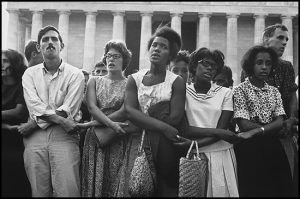
The Ceremonious Rights movement in the sixty's created another spotlight of creative expression for blackness individuals. While enervating equal rights and speaking out against segregation, the Black is Beautiful movement arose. This was non just about breaking down gender and racial norms equally it had been in the past, but also virtually embracing black civilization and, therefore the fashion that reflected that civilisation. Some individuals wanted to cover their natural Afro pilus and article of clothing loose colorful African textile clothing, and some dressed formally to nowadays themselves as swish citizens. According to Vogue, fashion-conscious activism became a new class of protesting for African-American individuals. Demonstrating a traditional vision of classiness and wanting to bear witness that they were not the radicals that the public perceived them every bit, a large portion of the community of black men and women wore tweed suits, dress hats, and garments that they wore to church.
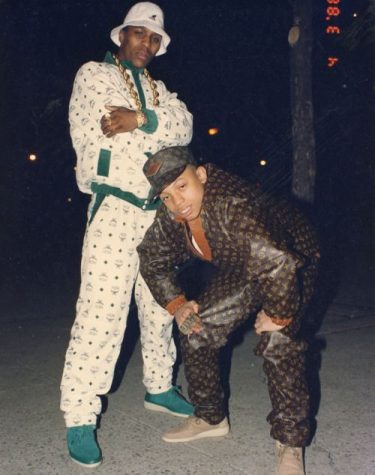
Later on the passage of the Voting and Civil Rights Acts of 1964, African-American people no longer felt a need to dress for others and began to dress for themselves. In the period from the 1980s to the early on 2000s Harlem streetwear arose. This is one of the near well-known styles and is all the same worn past many people of all races and ethnicities today. Also known as luxury streetwear, the era of Hip Hop in the xc's was the biggest influence in this style. Luxury fashion designer Daniel Day, more popularly known every bit Dapper Dan, born in Harlem in 1944, is considered by Hypebeast and Business concern Off Fashion, the pivotal influencer of luxury streetwear. Known as the "king of knockoffs," Day incorporated 90's rap culture into his designs. Many prominent celebrities, athletes, and hip hop stars began wearing his creations and instantly popularized this way.
Although almost don't even think nearly it, fashion equally a whole is an fine art form. Getting dressed is a form of expression, and given that every individual gets dressed everyday, we are all influenced by style. Way is heavily influenced by black aesthetics and culture, therefore, we are all influenced by black way. Systemic racism has prevented black people from getting proper recognition for the contribution they have to the fashion industry, likewise as many other facets of life. This needs to change considering and so many people have the freedom of expressing themselves and non giving proper credit to black civilisation is wrong. According to Rana Rastegari of Surj Mag, "Information technology seems that fifty-fifty though we are constantly surrounded by invigorating and inspirational black creatives and talent, we decline to acknowledge them, especially in highly competitive industries similar fashion. Blackness lives affair is more than just a hashtag — it seeps into every aspect of our lives, then I strongly urge you to learn and to educate those effectually you."


0 Response to "Women's Fashion During the Harlem Renaissance Men's Fashion During the Harlem Renaissance"
Post a Comment